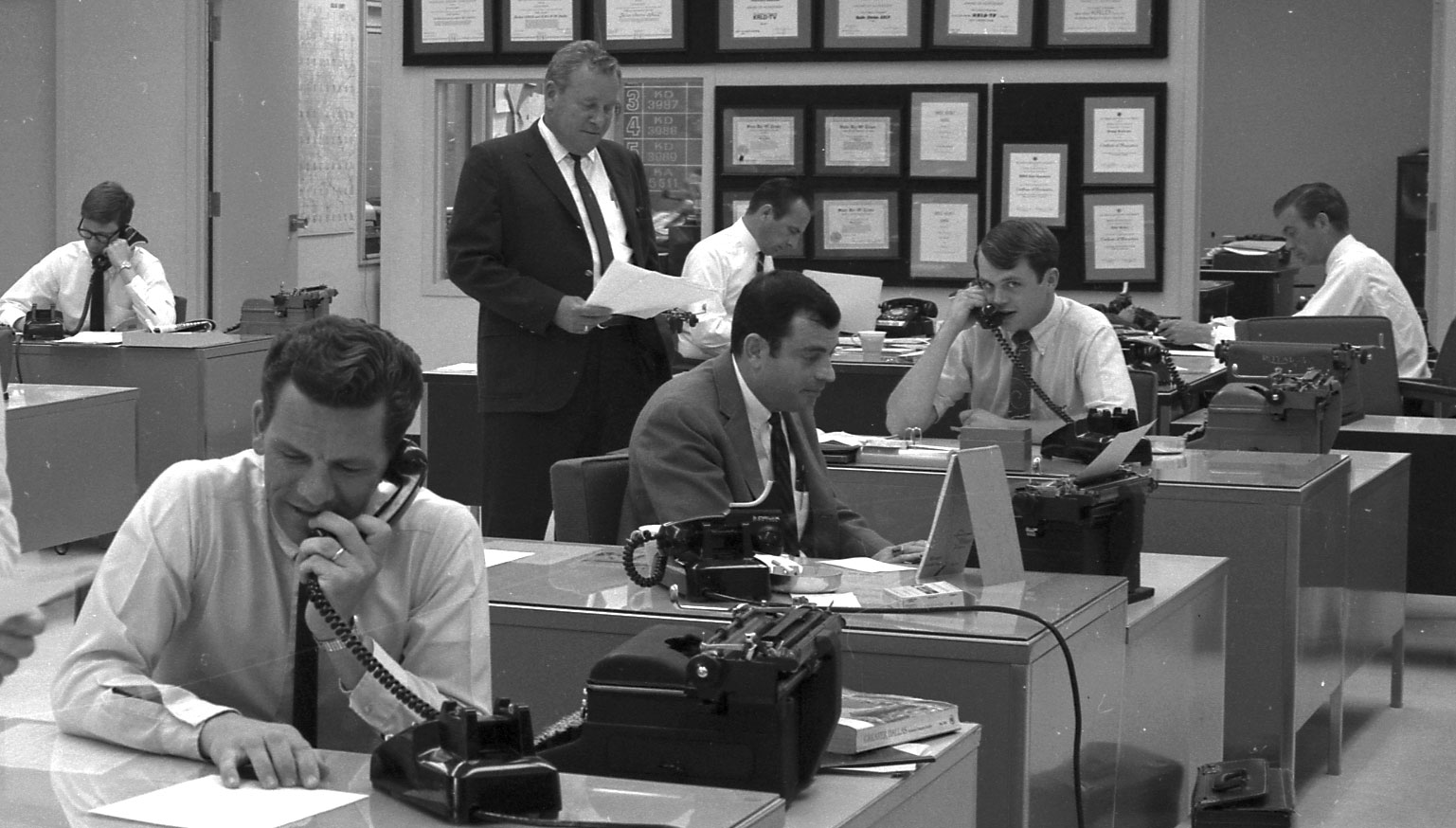
One of the articles on this website that garners the most attention is Understanding Nylon and Moisture. Recently, a reader posted an interesting question that I had not thought of. The reader asked if painting a nylon part would stop the nylon from absorbing moisture and thus prevent the change in properties inherent in the moisture absorption process.
I had never thought of this before and a google search revealed no answers to this question. I have a large amount of nylon processing and technical information from DuPont and this subject is not discussed.
So, I set about running my own experiment.
I thought that the best way to test this would be to perform tensile strength testing on test bars molded from Nylon. The tensile strength of nylon drops significantly as the material absorbs moisture from the atmosphere. The tensile strength is acting as a stand-in for the moisture content because measuring the moisture content directly in parts is difficult.
I molded test specimens from an unfilled Nylon 6. I placed 3 specimens in a 4 mil plastic resealable bag right after molding. This bag was then put inside another bag. Another 3 specimens were not sealed up after molding, and yet another set of specimens was painted.
I spray painted the specimens with Krylon Fusion spray paint that is made for plastic. The can says that you can use it on any type of plastic. I coated the bars very well right after molding. I got a few runs because I wanted to get a thick coating on them.
I ended up putting the moisture conditioned bars and the painted bars in a container with water in the bottom to speed up the moisture conditioning.

I let the test specimens’ condition for 24 hours and set about testing them for tensile strength. I ran the tensiles on an Instron machine at 2 inches per minute cross-head speed. Here are the results:
Dry as molded specimens – 10,900 psi (75.4 Mpa)
Moisture Conditioned unpainted specimens – 8,660 psi (59.7 Mpa)
Painted and moisture conditioned specimens – 9100 psi (62.8 Mpa)
It does not appear that the paint coating protected the specimens from moisture absorption although it may have slowed down the moisture absorption. The moisture conditioned bars show a 20.6% reduction in tensile strength but the painted bars show a 16.5% reduction.
My theory is that the paint is permeable to moisture and allows some moisture to penetrate the nylon through the paint.
It is also possible that the coating itself is artificially adding tensile strength to the test specimens but it is a pretty thin coating. The paint added 0.0035 inches to the thickness of the test specimens on average. This additional thickness was accounted for in the calculations. If the additional 440 psi of tensile strength was the strength of the paint coating that would mean that the paint tensile strength is 251,000 psi which is unlikely.
Based on this study, I would suggest that the idea of painting nylon in order to keep it from absorbing moisture is plausible. There may be some paints that would be much more impermeable to moisture than what I used. I am not a paint expert by any means. It might also be possible to achieve this by over-molding another material over a nylon part or coating a nylon part with some type of ceramic coating like Ceracote.
The key would be to coat these parts quickly after molding. Nylon absorbs moisture so fast that if you waited for 12 hours to coat the parts, it would be too late. You could however dry the parts and then coat them.
The results of this experiment were not as open and shut as I had hoped but I hope that it gives you a little insight.








